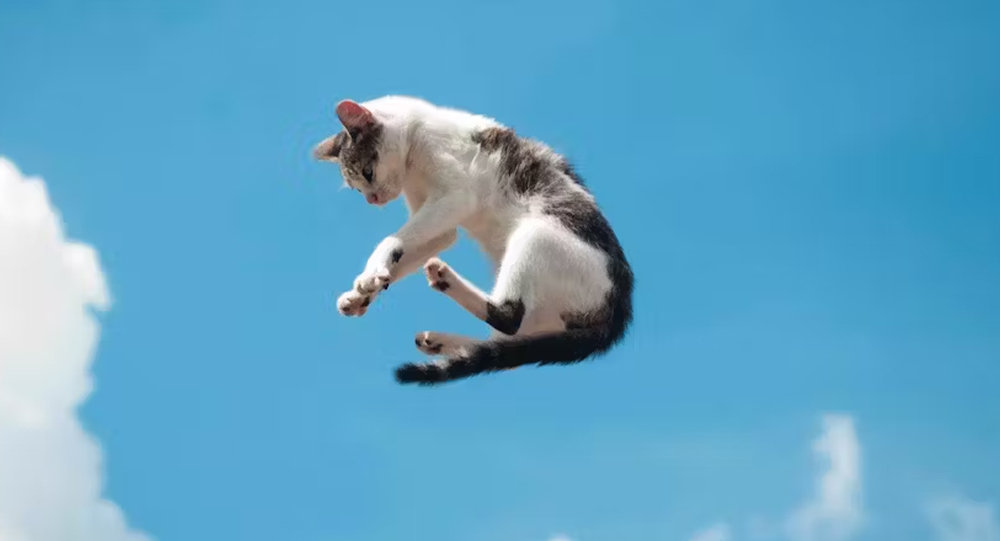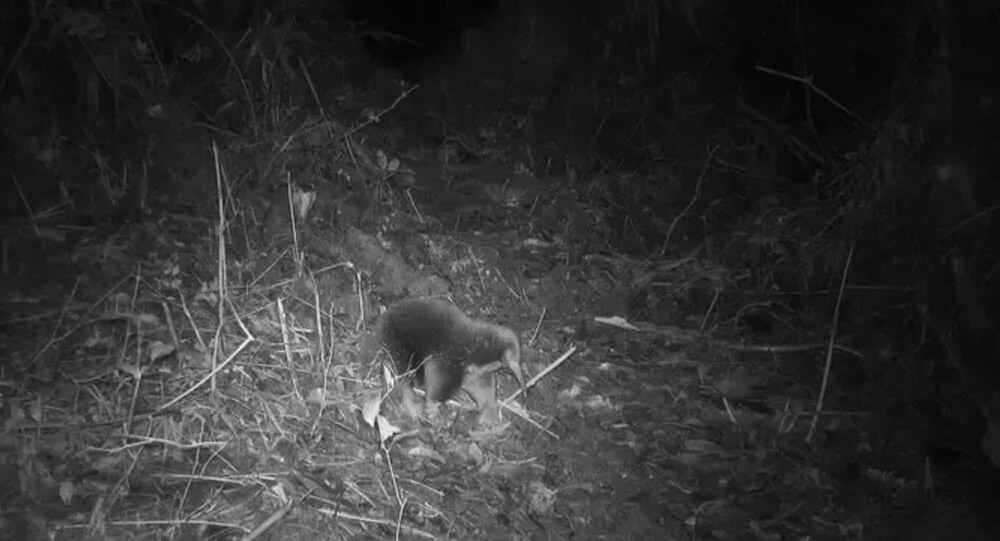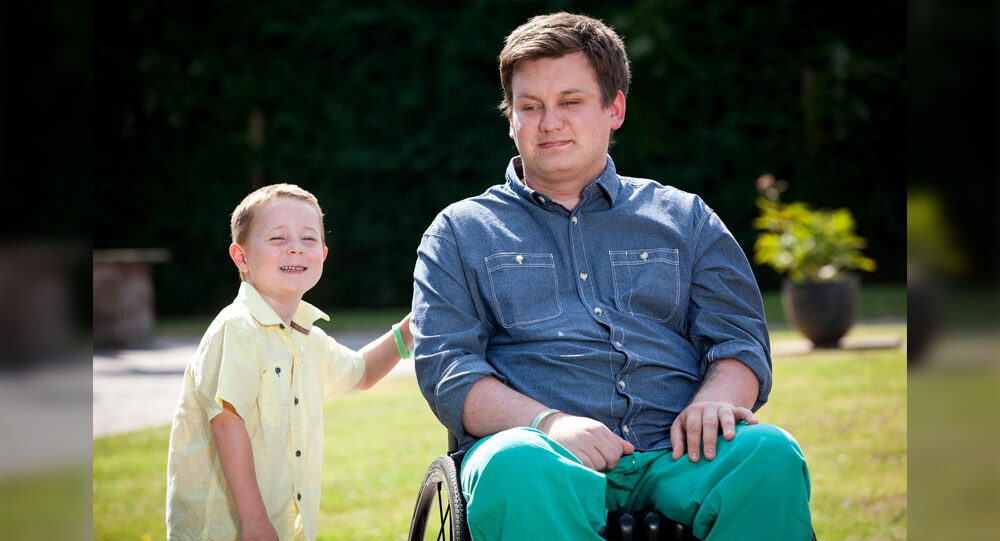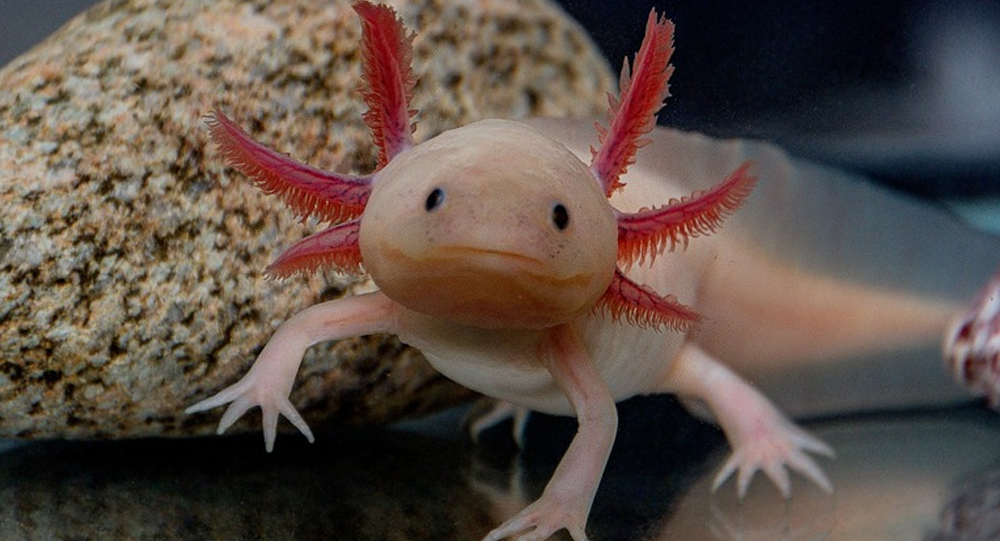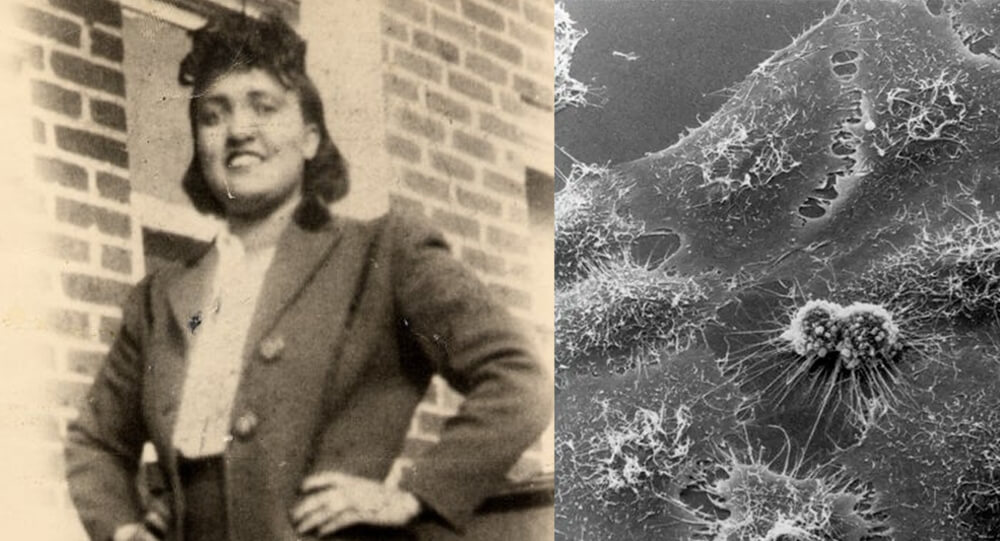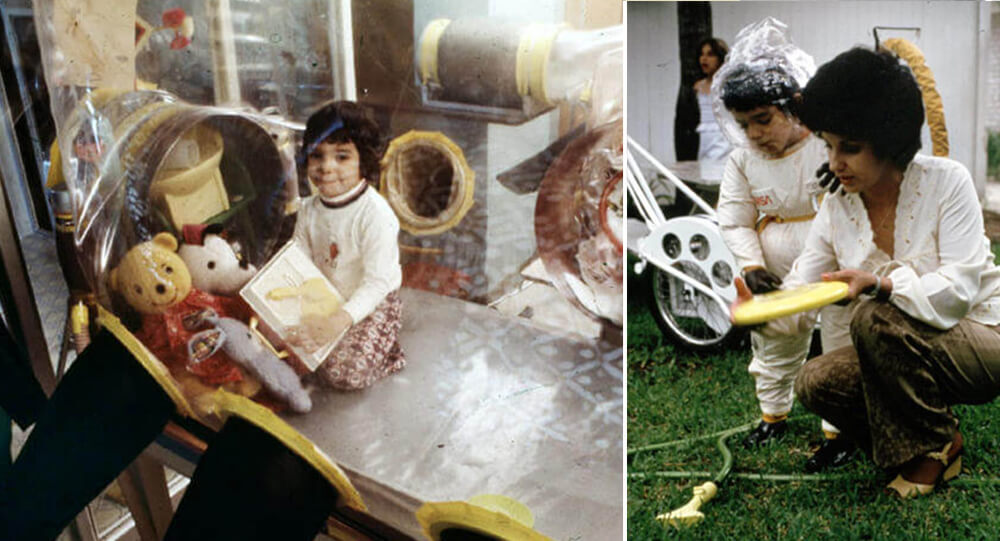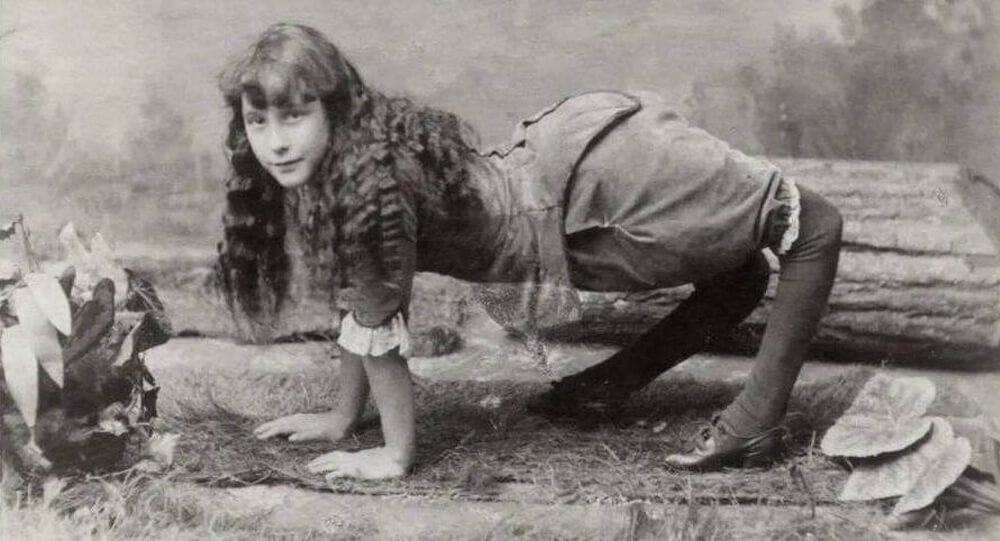Watching a cat fall and land perfectly on its feet feels like watching gravity-defying magic. This ability, known as the “righting reflex,” is an evolutionary adaptation that gives cats a better chance of survival. By reorienting their bodies midair, cats minimize injury from accidental falls—a frequent hazard given their penchant for exploring heights like trees and rooftops.
The reflex begins to develop when kittens are as young as three weeks old and is perfected by around seven weeks. This early mastery is crucial for survival as young cats learn to climb and navigate their environment.
The righting reflex is not exclusive to domestic cats; it’s also observed in other small vertebrates like rabbits and squirrels, suggesting a widely beneficial evolutionary trait for arboreal or cliff-dwelling animals.
Anatomical Features That Make the Reflex Possible
Cats boast an exceptionally flexible backbone that sets them apart from most mammals. Their spine includes more vertebrae—25 thoracic and lumbar vertebrae compared to humans’ 17—allowing extreme twisting and bending. This flexibility is key for their midair rotation.
Additionally, cats lack a rigid collarbone, meaning their shoulders can move independently. This anatomical feature allows the front legs to twist and align differently from the rear legs, aiding their segmented rotation during a fall.
Muscle control and proprioception—the sense of body position—play vital roles too. Cats have precise motor control to manipulate their limbs and spine rapidly to achieve the ideal orientation.
The Physics: Conservation of Angular Momentum in Action

The cat’s ability to turn mid-fall seems paradoxical due to conservation of angular momentum, a principle in physics stating that an object cannot change its total angular momentum if no external torque acts on it. Yet, cats defy this by dividing their body into two segments—front and rear—that rotate in opposite directions.
Here’s how it works: the cat bends at the middle of its spine, flexing the front half of the body one way while counter-rotating the rear half slightly in the opposite direction. By tucking its front legs in and extending its rear legs, the cat alters the moment of inertia—how mass distribution affects rotational movement—of both halves. This allows the front half to rotate up to 90 degrees while the rear half moves less.
By then reversing this limb positioning, the rear half completes the rotation, turning the cat right side up without violating physical laws. This segmented twisting is repeated as necessary until the cat faces downward and prepares to land.
The Role of the Vestibular System: Sense and Balance
Cats’ inner ears contain the vestibular apparatus, a complex system that provides sensory input about orientation and acceleration. This system helps the cat determine up from down during a fall instantly.
Minute changes in head position are detected, triggering reflexive spinal and limb muscle responses to execute body rotations seamlessly. Cats with vestibular disorders often struggle with balance and the righting reflex, underscoring the system’s importance.
Combined with keen vision, the vestibular system allows cats to assess their environment and adjust landings to minimize impact.
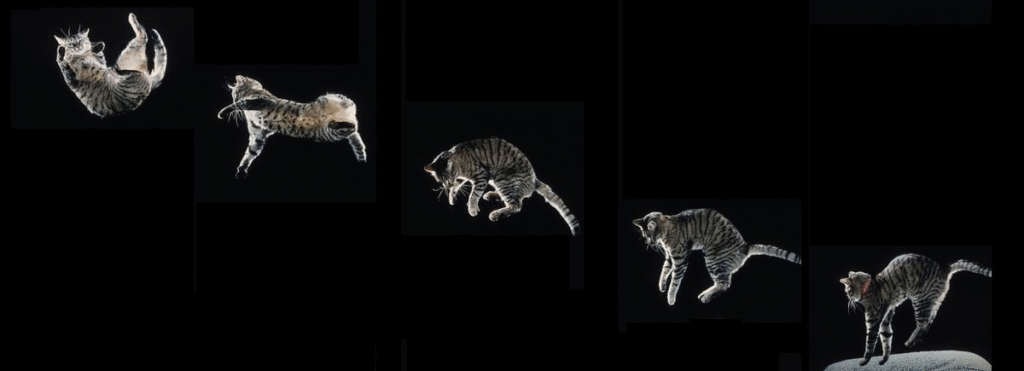
From Air to Ground: How Cats Prepare for Impact
After reorienting midair, cats spread their legs downward to increase drag, effectively slowing their fall—a process sometimes called “parachuting.” By increasing surface area, they reduce terminal velocity, enabling gentler landings.
The legs act like shock absorbers: upon impact, cats bend their joints and distribute force evenly through their muscular limbs and flexible spine, preventing injury.
Veterinarians note cats can survive falls from extraordinary heights due to this adaptation, a phenomenon sometimes termed “high-rise syndrome.” However, the righting reflex is less effective from very low heights, where there isn’t enough time to twist and prepare.
Limitations and Misconceptions
While cats have a remarkable ability to land safely, the “cats always land on their feet” phrase isn’t entirely true. Short falls, lack of space to stretch, or obstacles can result in injury.
Older cats or those with health issues may lose some agility and reflex speed. The reflex also does not grant immunity to impact-related injuries like broken bones or internal trauma.
Understanding these limitations helps caretakers prevent accidents and provide safe environments for their feline friends.
Fascinating Facts About the Cat Righting Reflex
- Kittens begin exhibiting the righting reflex at around 3 weeks and perfect it between 6 and 9 weeks.
- Cats have 7 more thoracic and lumbar vertebrae than humans, contributing to their flexibility.
- Cats without tails still perform the righting reflex well, showing the tail is useful but not essential.
- The divided body rotation was first studied scientifically in 1894, known as the “falling cat problem.”
- A cat’s nerves and muscles react in less than half a second to initiate the righting reflex upon falling.
- Experimental slow-motion footage shows cats consistently rotate their head first, then front legs, then rear legs.
- Cats’ unique blend of anatomy and physics remains a popular teaching example in biomechanics and physics classrooms.
- The righting reflex protects vital organs by spreading landing impact forces evenly over the cat’s body.
The Righting Reflex as a Survival and Evolutionary Strategy
Trees, rocky cliffs, and elevated perches are common habitats or escape routes for wild felines. The righting reflex enables cats to survive accidental falls, a frequent risk in their arboreal or vertical environments.
This genetic advantage contributes to wild populations’ success and domesticated cats’ mysterious agility.
The reflex also promotes cats’ natural curiosity, allowing safe exploration of high places indoors or outdoors—a characteristic that endears them to millions worldwide.
Final Thoughts: The Graceful Physics of Cats
Watching a cat twist and land flawlessly encapsulates a breathtaking interplay of biology, physics, and evolution. What seems like effortless grace is the product of millions of years of refinement, exquisite anatomy, and adherence to fundamental physical laws.
Cats’ righting reflex stands as a vivid reminder of nature’s ingenuity, the elegance of physics in motion, and how survival drives remarkable capabilities.
Next time a feline leaps and lands, marvel at the intricate science that makes it possible, and share this article to spread awe for one of nature’s most enchanting adaptations.
Sources & Further Reading:
- Wikipedia: Cat Righting Reflex (2024)
- National Center for Biotechnology Information: Cat Ballooning and Righting Reflex Studies (2018)
- Kinship.com: Understanding Cats’ Righting Reflex (2024)
- PhysLink.com: How Cats Land on Their Feet (2024)
- Scientific American: The Physics of Cat Landings (2023)

George Dantzig solved two famous “unsolved” problems in statistics mistakenly as assignment
In 1939, George Dantzig arrived late to his statistics class. On the board were two famous “unsolved” problems in statistics written as an example by his professor. Dantzig mistook the examples for homework assignments. He solved the “unsolved” problems and submitted the homework to his professor a few days later. His solutions earned him a doctorate.

What makes bananas radioactive?
Yes, It is true that bananas contain radioactive substances. But the same can be said for spinach, potatoes, oranges, Brazil nuts, kitten litter, granite counter tops, even the air you breathe! Radioactivity is unavoidable and all around us. So, what exactly is it?

Canadian Schoolteacher Discovers a Fossil That May Be 300 Million Years Old
School teacher discovers extremely rare fossil of unknown animal that maybe 300 million years old. One high school teacher was walking her dog when she made a once-in-a-lifetime find. It turns out that the fossil is probably 300 million years old and came from an extinct species of reptile.

For the First Time in 60 Years, Scientists Discover a 'Lost' Echidna Species
An expedition team in Indonesia discovered the elusive, egg-laying animal (Echidna) named after David Attenborough, which had not been seen since 1961.

This Yogi Spent 76 Years Without Eating or Drinking Anything and Confirmed by
Prahlad Jani, the starving monk who lived 76 Years without food and water.

Man gave his stem cell fund to a disabled boy
Dan Black, who was paralyzed in a bike accident, spent four years raising 20,000 for a stem cell treatment that could let him walk again. However, after learning about a five-year-old boy with cerebral palsy, he donated the funds for the boy's medical treatment in order to enable him to take his first steps.

The Mystery of the Dancing Forest: Reasons behind the unusual wonders of forest
The Dancing Forest in Russia is noted for its unusually twisted pine trees. The trunks of these trees are contorted into spirals, rings, and other squiggly loops, but the reason for this malformation is still a mystery.

Dr. Leonid Rogozov: the surgeon who removed his own appendix.
Dr. Leonid Rogozov was a legendary surgeon who operated on himself in 1961 to remove an inflamed appendix.

Why Some Animals Can Regenerate Limbs and What Science Says About Human Possibilities
Certain animals possess the extraordinary ability to regenerate lost limbs, a process that has fascinated scientists and inspired hopes for human medical breakthroughs. From salamanders’ perfect limb regrowth to starfish’s incredible body regeneration, this article explores how and why these animals can perform such feats, the biological mechanisms underpinning regeneration, and what cutting-edge research means for the future of human limb regeneration.

Henrietta Lacks: Who Was She? Here's how HeLa cells became necessary for medical research
Henrietta Lacks was died in 1951. The tumor that killed her has been alive and growing to this day. The tumor is immortal and was used to progress the Polio vaccine and is the jumping point for most human cell research to this day. Scientists have grown some 20 tons of her cells.

The story of Lionel the Lion-Faced Man, Stephan Bibrowski
Stephen Bibrowski, also known as Lionel the Lion-faced Man, was a well-known sideshow entertainer. His entire body was covered in long hair, giving him the appearance of a lion; this was most likely due to a rare condition known as hypertrichosis. Lionel traveled to the United States in 1901 and began performing with the Barnum and Bailey Circus.

Ocean Atlas: Exploring the World’s Largest Underwater Sculpture in the Bahamas
On the western coast of New Providence in Nassau, Bahamas, there is a tourist attraction that you can dive down to see. Called Ocean Atlas, this is the largest single underwater sculpture ever installed. It depicts a local Bahamian girl carrying the weight of the ocean, in reference to the Ancient Greek myth of Atlas holding up the heavens.

Woman's memory reset every two hours after traumatic accident
Riley Horner, an Illinois teenager was accidentally kicked in the head. As a result of the injury, her memory resets every two hours, and she wakes up thinking every day is June 11. Riley keeps detailed notes of events happening throughout the day, and sets an alarm on her phone every two hours to remind her to review them. Riley also keeps a calendar in her room to remind her what day it is? As she wakes up every morning confused, thinking it's still June 11.

How a Headache Cure Experiment Led to the Invention of Dynamite
Alfred Nobel discovered dynamite while experimenting with nitroglycerin, a volatile liquid he also took in tiny doses for headaches. Ironically, the explosive that made him wealthy and feared also eased pain—later inspiring his legacy as founder of the Nobel Prizes.

The Giant Mirrors Brought Sunlight to Rjukan
Due to the steep mountains that surround it, the town of Rjukan, Norway, doesn't receive any natural sunlight from September to March. They placed large mirrors in the town square to reflect light. The mirror follows the path of the sun and moves every 10 seconds to create a 600m squared light pool.

The touching story of David Vetter (bubble boy), the 'boy who lived in a bubble
David Vetter lived his whole 12 years in sterile “bubble”. He was “outside” for 20 second after being removed from his mother’s womb. He never touched any human.

The Mystery of Canada's Magical Spotted Lake
Lake Khiluk, the world's most mineralized lake, and one of the most mysterious places on Earth. Each of these spots has a distinct chemical content and is said to cure various diseases.

Man discovers he has 3 kidneys after going to doctor for severe back pain
In 2020, a 38-year-old Brazilian man visited his doctor for severe back pain and was shocked to find out that he has three kidneys instead of just two.

India's chandrayaan-3 becomes the first landed craft on moon's south pole
India's chandrayaan-3 becomes the first land craft on moon's south pole. It landed safely on August 2023

Inspiring story of Jono Lancaster, Abandoned by His mother at birth for this 'defect' on his face
When Jono Lancaster was just 36 hours old, his parents left him for adoption because he was suffering from Treachers Collins Syndrome, a genetic disorder which hampers facial bones development. Now he is an inspirational speaker, a professional model and a teacher, giving inspiration to millions

Woman's transplanted 'man hands' became lighter and more feminine over time
After losing both arms in an accident, an Indian girl received limbs from a male donor. The donor hands, which were formerly huge and hairy, changed skin tone and became thin and feminine over time to mix in with her body.

The Accidental Birth of Super Glue: Dr. Harry Coover's WWII Discovery
Dr. Harry Coover was trying to develop clear plastic for gun sights during WWII when he accidentally created cyanoacrylate, an extremely strong adhesive. Initially dismissed, it was later marketed as Super Glue in the 1950s.

The Heartbreaking Story Of Ella Harper, The ‘Camel Girl’
Ella Harper, Professionally known as the “Camel Girl” was born with a rare orthopedic condition that cased her knee to bend backward. Due to this condition, had to walked on all four legs, which resulted in her nickname as “Camel Girl”. Tough it was hard at first, but soon she made a fortune out of it.

Mystery of 300-year-old mummified mermaid is being probed
There is a 300-year-old mummified mermaid with 30 centimetres tall and features a human-like head, two hands with what appear to be fingernails, and its lower body that look like a fish tail. The “mermaid mummy” is being probed by Japanese scientists in an attempt to unravel the mystery of its existence.

The “Walking” Palm, tree species can walk up to 65 feet each
This tree species can walk up to 65 feet each year to find the best habitat to live in.

